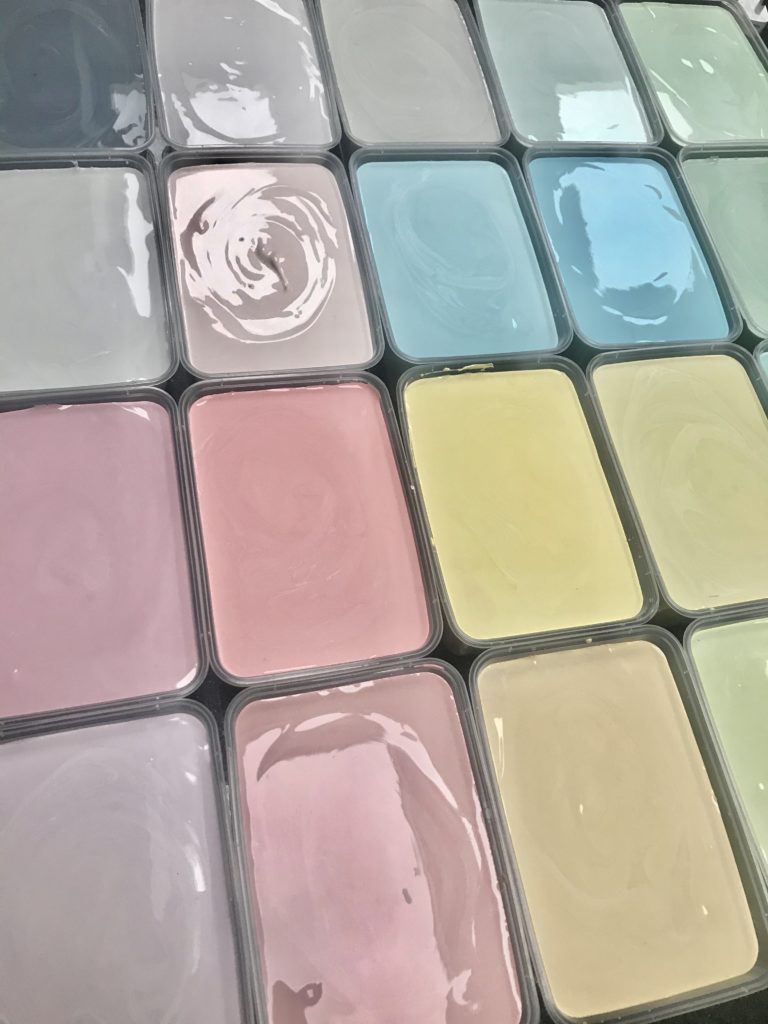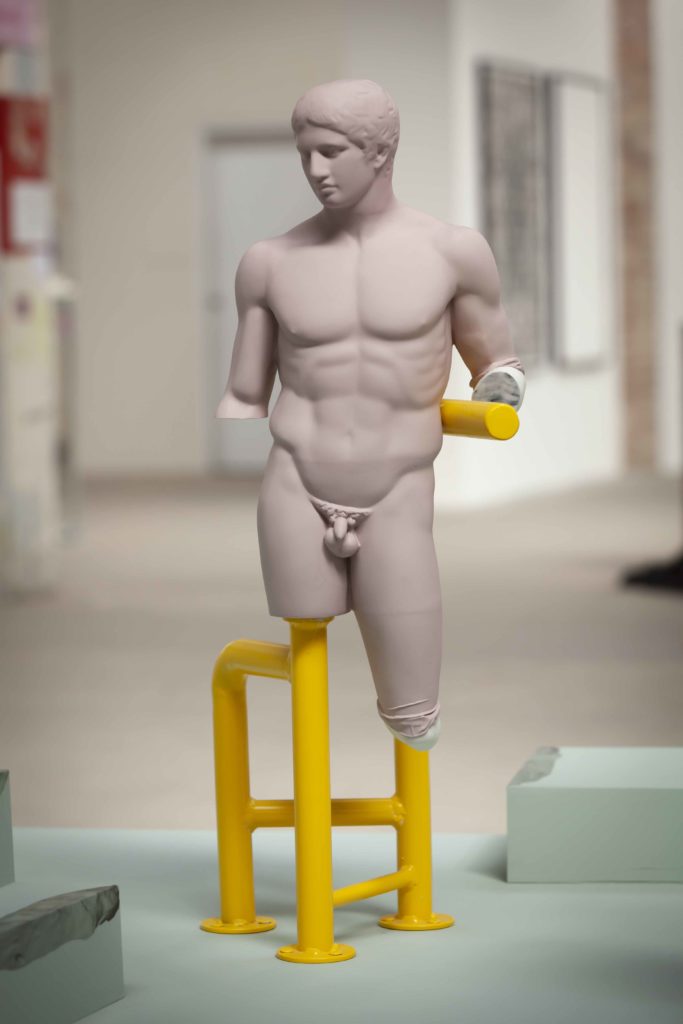
John Rainey is a sculptor based in Belfast, Northern Ireland. Having graduated with an MA from the Royal College of Art London, John has gone on to exhibit his work internationally.

Where did you spend lockdown?
I spent the lockdown period at home in Ireland. From the middle of March things appeared to be moving in that direction, so I had to make a plan that would allow me to continue working during the unknown duration of movement restrictions. I usually move frequently between Northern Ireland and the Republic so I was trying to tune in to the differences between government guidance in both places. I was able to resume somewhat normal activities towards the end of June.
Did you have access to a studio during this time? If not, how did you continue to create work?
I’m a member of Flax Art Studios in Belfast. The studios were closed during lockdown, though we could gain access to pick up things that we needed to work from home. I took a lot of moulds and materials home before the lockdown, and so was able to continue working.
Can you talk through your art making process?
I work extensively with cast porcelain, which involves pouring liquid clay (slip) into plaster moulds. My sculptures are usually cast in sections that are assembled before a series of kiln firings. A single piece can require anything up to 15 moulds. The moulds are usually taken from 3D printed forms.

Did you experiment with any new materials or methodologies?
I colour my sculptures by mixing ceramic pigments directly into the casting slip. I took the opportunity that lockdown presented to produce a large number of new porcelain colour tests. This testing can be expensive and takes a lot of time, so it’s rare that I have the opportunity to test new colours on a large scale. I managed to test around 35 new colours and I’m really excited about the results. This expanded palette will enable me to work more ambitiously with colour in upcoming projects.
Given the limitations and restrictions of the last few months, did your art making process change at all? If so, do you think this will continue to change how you will make art going forward?
The limitations definitely shaped the way I was able to work but not in entirely negative ways. Working with a restricted set of parameters and a limited number of moulds (I couldn’t produce new moulds at home) prompted me to re-think a set of forms through new compositions, combinations and assemblages. I tend to work in this way anyway, re-using and combining sets of moulds, but limiting the number of moulds I had access to felt like a more focused form of this methodology. There are parallels there with the types of forms that I often use, borrowed from classical sculpture, which are altered and presented as other to the original.
The restrictions meant I had a lot less admin and other distractions than usual, which allowed me to work with a much greater focus. It ended up being a really productive time. My conversations with other artists have involved a lot of reflection about how much we have to juggle in normal life, and how often we experience burn-out. I hope to find ways of setting better boundaries in this respect when our normal cycles of activity resume. My work is extremely labour intensive and that can be overwhelming when trying to fulfil too many other activities and commitments.

Did you have any projects during this time that went ahead?
I had some group shows that had to be postposed. One of those was re-scheduled and has just been installed in early July at the Luan Gallery, Athlone, as their re-opening exhibition.
Do you have any upcoming projects?
I’ve been asked to participate in a number of group shows that relate in some way to the pandemic restrictions, one of which will re-imagine the ways work can be shown and disseminated outside of typical contexts. I was also recently awarded funding from the Arts Council of Northern Ireland for a project that will allow me to explore the conversations in my work between art, craft and design. The project was born out of the conditions of lockdown where I found myself living with my work differently, in a domestic space.
All photographs were provided by John Rainey. To see more of John’s work visit his website and Instagram.
